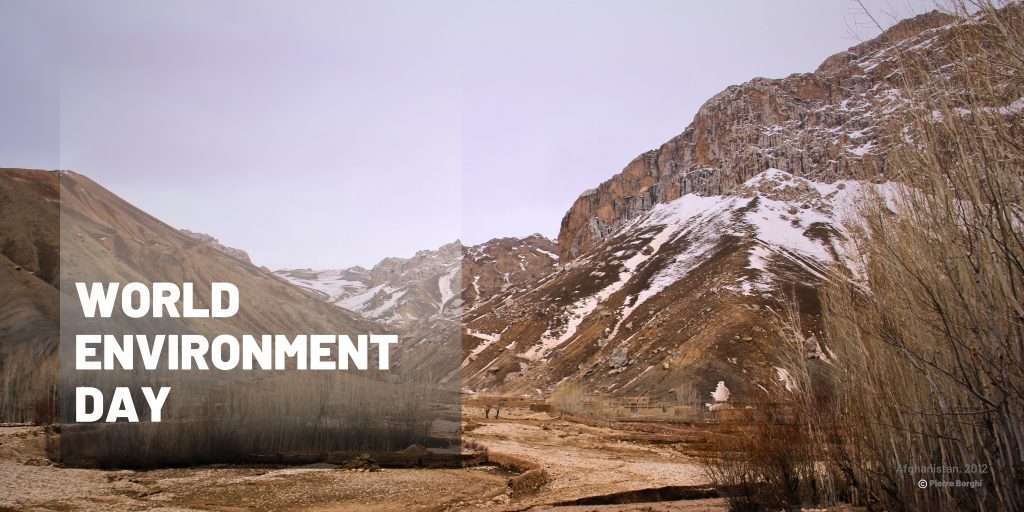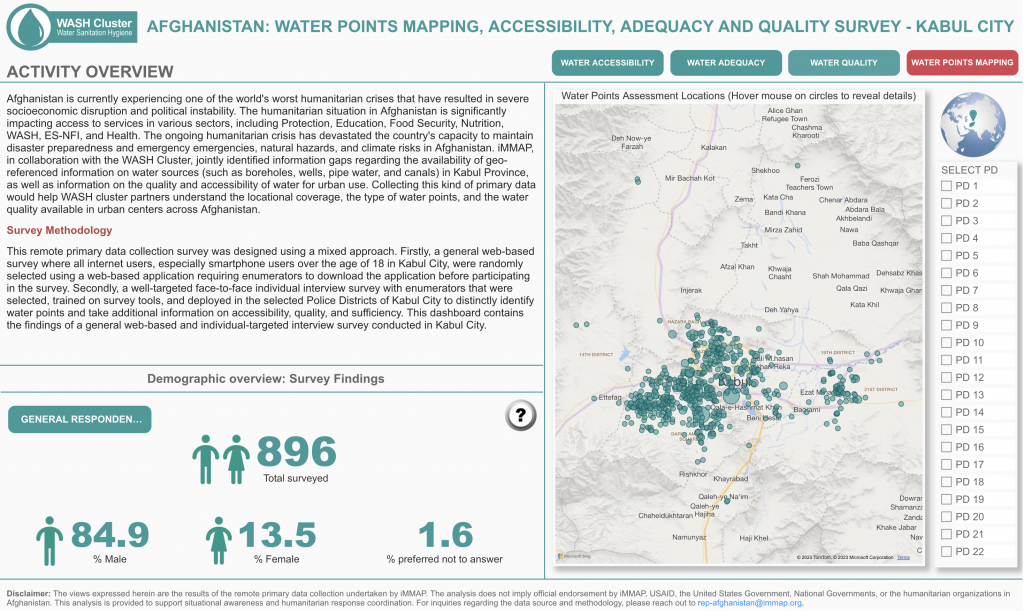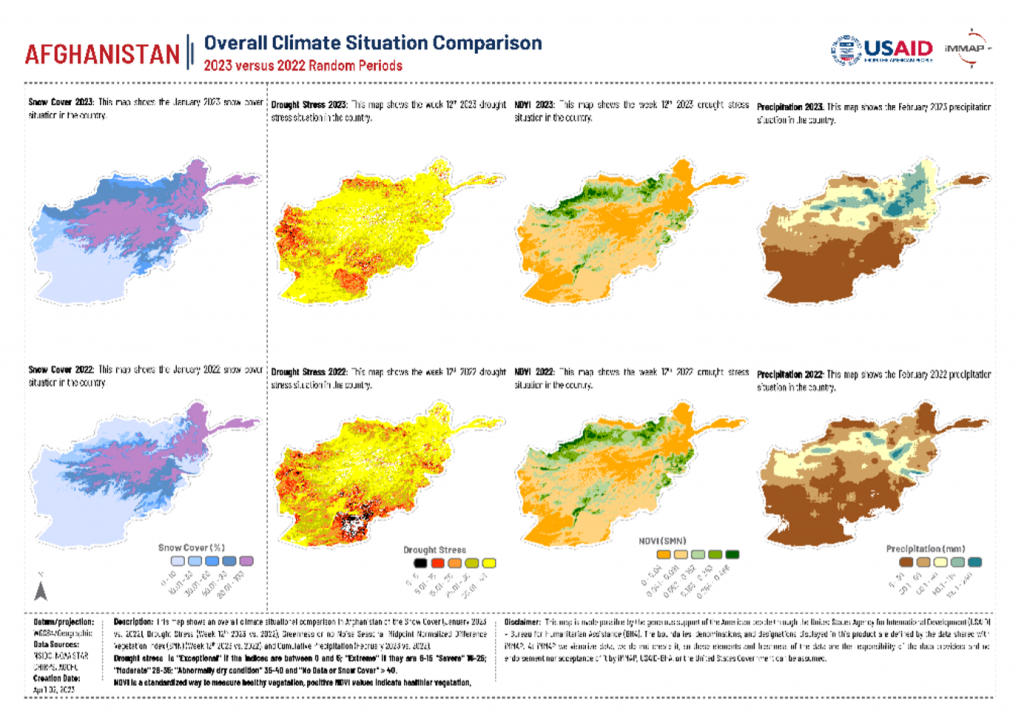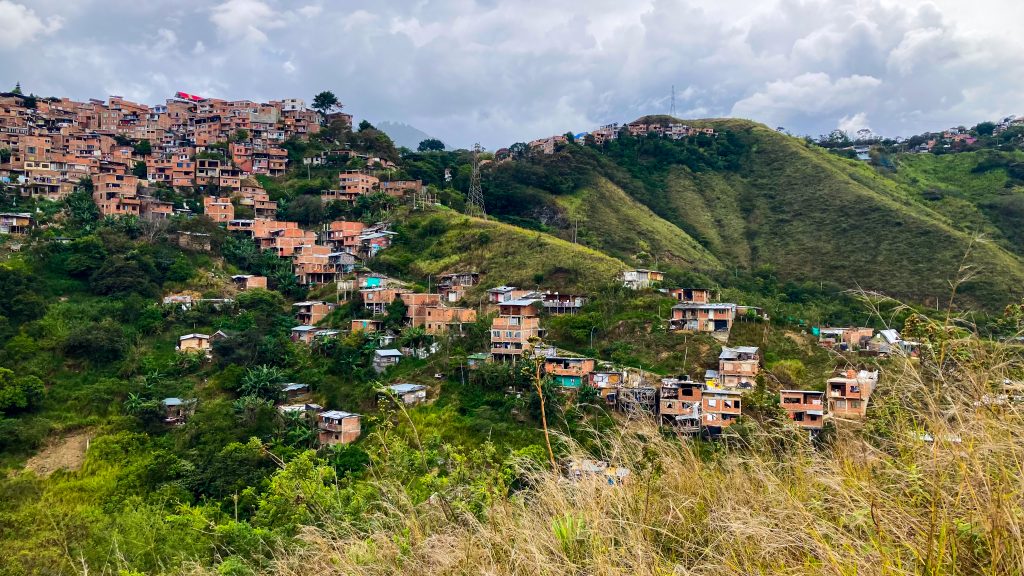World Environment Day serves as a yearly reminder of our shared responsibility to protect and preserve our natural world. It brings people together worldwide to address urgent environmental problems and encourage sustainable actions.
Recognizing the vital link between environmental issues and the well-being of vulnerable communities, iMMAP has undertaken a series of impactful projects that effectively address environmental concerns and humanitarian needs. With a firm commitment to supporting at-risk populations and mitigating the profound impacts of climate change, iMMAP has been a strong second-line player at the intersection of environmental conservation and humanitarian action.
In Colombia, iMMAP has created an innovative system that predicts and visualizes climate risks on a user-friendly dashboard. This system enables local organizations and authorities to take proactive measures and strengthen the resilience of vulnerable communities. Similarly, in Afghanistan, iMMAP uses the Humanitarian Spatial Data Center to identify and assess climatic events likely to threaten local populations and humanitarian operations. This makes it possible to implement rapid response strategies, but also to reduce the exposure and impacts of disasters.
These projects illustrate iMMAP's commitment to tackling environmental challenges while prioritizing the needs of the communities concerned. By harnessing innovative technologies, data-driven approaches and collaborative partnerships, iMMAP is actively helping to shape a sustainable future.






